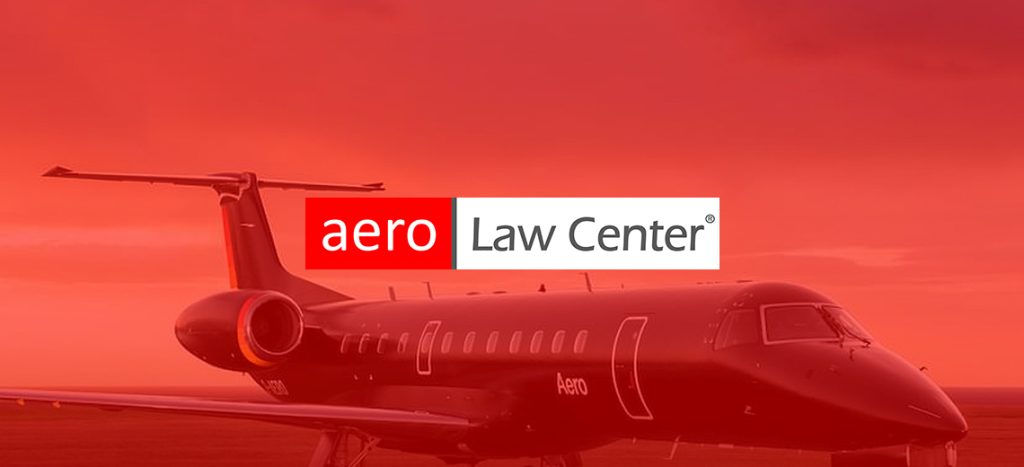When you or your clients consistently need high-quality travel at short notice, it is natural to want to invest further in your aviation options. But how do you know if the actual cost will be worth it?
Unfortunately, buying and owning a jet is more challenging than with any other kind of vehicle. Aircraft ownership requires considerable due diligence, administrative upkeep, maintenance, and fuel expenses.
Who Should Invest in a Private Jet?
Experts say that if you have at least 200 hours of flying time a year, it may be worth your while to purchase a jet. To understand whether it is best for you, begin by reviewing your particular needs for air travel. Are you looking to:
- Send executives to meetings or experts to job sites?
- Reach remote areas with small airports or airstrips?
- Travel with VIP clients and work with them in the air?
- Transport entertainers and their cargo to performances?
- Carry clients, executives, or family with special needs (e.g., medically fragile persons)?
- Engage in leisure travel?

And where does this travel take place? Aircraft have range limits, and the higher the limit, the more expensive the aircraft will be to buy and maintain. If your travel is mainly regional, you will be more likely to find a jet in your price range. But if your needs involve overseas travel more often than not, your calculations will be different.
Costs of Jet Ownership: Purchase and Maintenance
There are eight classes of jet typically owned and operated privately:
| Jet class | Passenger capacity | Price range (new) |
| Very light jet (VLJ) | Up to 6 | $2.98M−$4.5M |
| Small light jet | 6−8 | $5.75M−$11.87M |
| Super light jet | ||
| Midsize cabin jet | 7−12 | $9.90M−$29.97M |
| Super midsize cabin jet | ||
| Heavy jet | 9−19 | $32.4M−$100M+ |
| Ultra-long range heavy jet | ||
| Executive bizliner | 20−48 |
According to AVBuyer magazine, these are the current price ranges for new aircraft, although high-quality pre-owned aircraft may be available for much less.
VLJs and small light jets are best suited for those who make frequent regional jaunts or who need to reach out-of-the-way destinations with small airports. They are relatively inexpensive, but their interiors can be cramped if they carry as many passengers or as much cargo as possible. VLJs may not have lavatories, let alone WiFi connectivity or meeting space.
Super light jets and cabin jets offer more space for passengers, allowing for flight attendants and galley service. As they can carry more fuel, they have a more extended range. These planes offer the chance to impress clients, work with them in the comfort and connectivity of an office environment, or simply enjoy the luxury of well-appointed surroundings. Heavy jets and executive airliners are commercial-grade aircraft that can carry dozens of passengers—a major investment for a major concern.
The costs of owning a private jet only begin with the purchase price. An owner’s expenses include:
- Hangar fees
- Insurance
- Maintenance and repair
- Administration and management

Each of these costs will vary depending on the aircraft and the region you fly in, but they can easily total hundreds of thousands of dollars per year. And they do not include the hourly costs:
- Jet fuel (currently around $7 a gallon)
- Pilot and crew (unless you are flying the plane yourself, in which case you have further
administrative duties) - Operating expenses per individual flight (e.g., airport fees)
Depending on the size of the aircraft, an hour’s worth of flight time may cost an owner $1,500 to $3,000.
These figures can be daunting. Nonetheless, if exclusive ownership is not the right choice at this time, you can still invest in on-demand air travel for your client or company.
Fractional Ownership and Other Options
Those who fly 50 or more hours a year should consider fractional ownership—buying a share in a private jet. Depending on the size of the aircraft, a share could cost as little as $250,000. Fractional owners share fixed expenses such as management and hangar fees while retaining a right to use the aircraft for a certain number of hours per year, typically 50 hours per 1/16 share.
However, the aircraft may not be available at short notice. To ensure you have the flight time you need, you will have to work with the other owners or with the aircraft’s management company.
You may also consider leasing an aircraft. Leases are flexible and offer many of the advantages of fractional ownership without its upfront investment. But aircraft leasing is a unique area of law, and an attorney should review any lease to avoid expensive pitfalls. For example, there are two categories of aircraft leases, “wet” (including crew services) and “dry” (leasing only the aircraft), and these carry differing legal obligations to the FAA.

Jet cards are a recent innovation in private jet travel. After paying a deposit to the management company, a cardholder can access a set number of flight hours with an option to purchase more. As with charter flights, the company handles every detail—convenience and luxury are the selling points. But the contract can have hidden costs, and a cardholder has no ownership or tenancy rights.
After a jet card company abruptly failed in 2020, their cardholders had to wait months to recover pennies on the dollar. With deposit fees between $50,000 and $400,000, this incident is enough to give a buyer pause.
We can help you review your aviation options and goals and draft a sound agreement for an aircraft purchase or rental. Contact Aero Law Center today at 954-869-8950 to schedule a complimentary consultation.

 CALL US NOW
CALL US NOW






